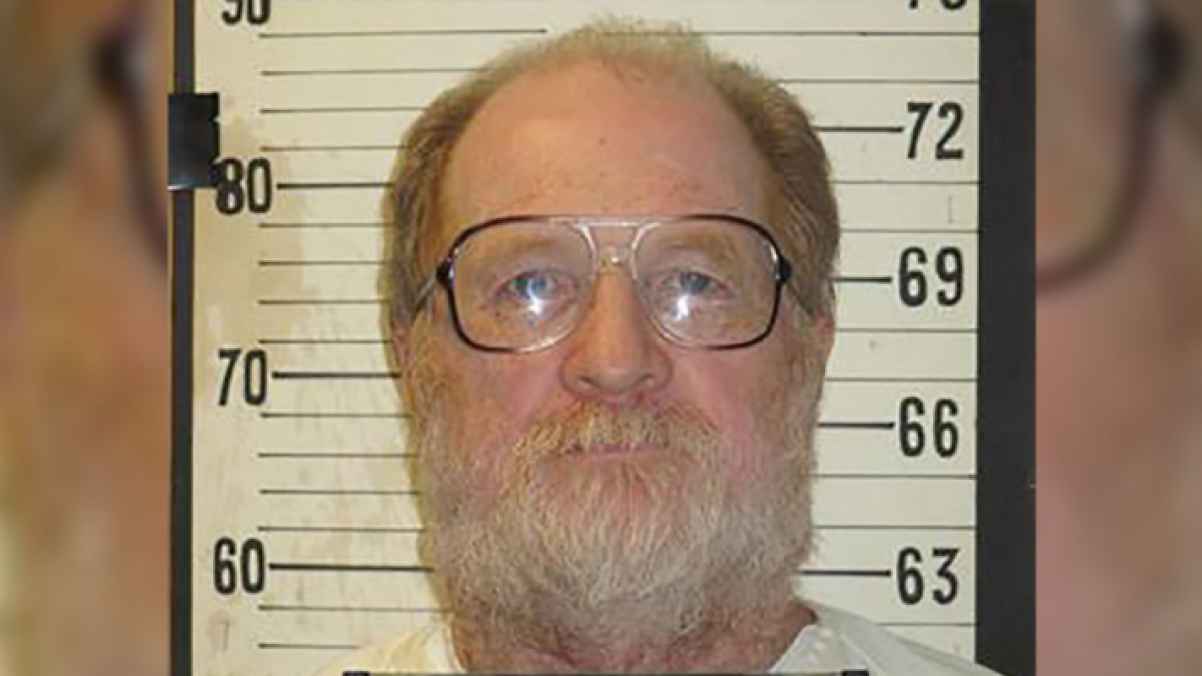American criminal faces two execution options

- Inmate refuses to choose execution method, activating state’s default option
- Previous lethal injection protocols raised legal concerns, recent adjustments underway
Harold Wayne Nichols, a Tennessee death row inmate, refused to select a method for his execution between the electric chair and lethal injection.
This means the state will carry out the execution using lethal injection if he does not change his mind within two weeks.
Nichols was convicted in 1988 of raping and murdering student Karen Pulley and was sentenced to death in 1990.
Inmates convicted before January 1999 are allowed to choose electrocution instead of the state’s preferred lethal injection.
His execution had been scheduled for 2020 via the electric chair but was postponed due to the COVID-19 pandemic.
Although the electric chair is still permitted in Tennessee, it has only been used five times in the past decade.
Previous lethal injection protocols in Tennessee raised legal concerns and led to a temporary halt of executions in 2022 after it was discovered that all drugs used since 2018 had not been properly tested.
The state now uses a single-drug protocol with pentobarbital, which is facing legal challenges from other inmates.
During his trial, Nichols admitted to killing and raping Karen Pulley as well as several other rapes in the Chattanooga area, acknowledging that he would have continued his violent behavior if he had not been arrested.
